Imagine a classroom where each lesson seems tailor-made for you, the course curriculum adapts to your pace, the materials are selected according to your interests, and even your questions! Sounds futuristic? With the integration of AI power into traditional learning management systems (LMS), it’s already becoming a reality.
With AI, an LMS becomes a full-fledged learning tool, offering exceptional learning experiences that even underachievers would be amazed by.
Learn more about smart and incredibly personalized AI-based learning management systems.
While traditional LMS can be compared to a classroom, where students communicate with a teacher, an AI-driven one is an individual tutor for each student. This digital tutor is always available, offers tailored learning resources for each student's unique needs, and corrects mistakes in assignments swiftly.
Let’s see the contrast between traditional and AI-driven LMS in more detail:
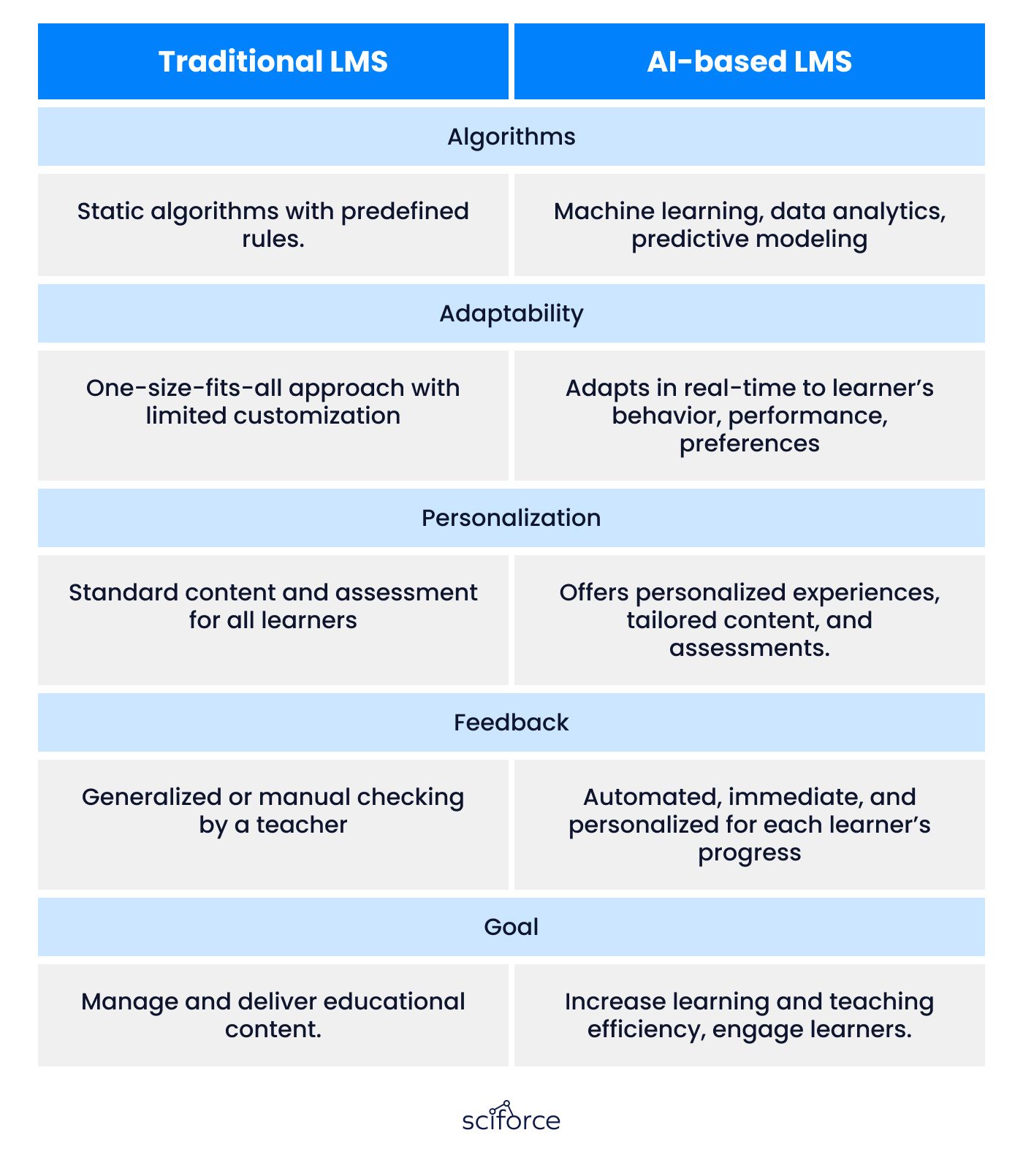
All the capacities of smart digital education are possible thanks to decision trees and neural networks integrated into AI-driven LMS:
Powered by these mechanisms, AI-driven LMS creates a custom learning journey for each student.
With the rise of technology, AI-powered LMSі are changing the way we learn and teach. These smart tools help teachers by taking care of routine tasks, freeing up time to focus on each student's unique needs. For students, they offer personalized courses and assignments that make learning easier and more effective.
Teaching efficiency
AI-driven LMS provides teachers with useful tools that simplify everyday tasks. This lets them focus more on improving teaching methods and developing customized learning paths for each student.
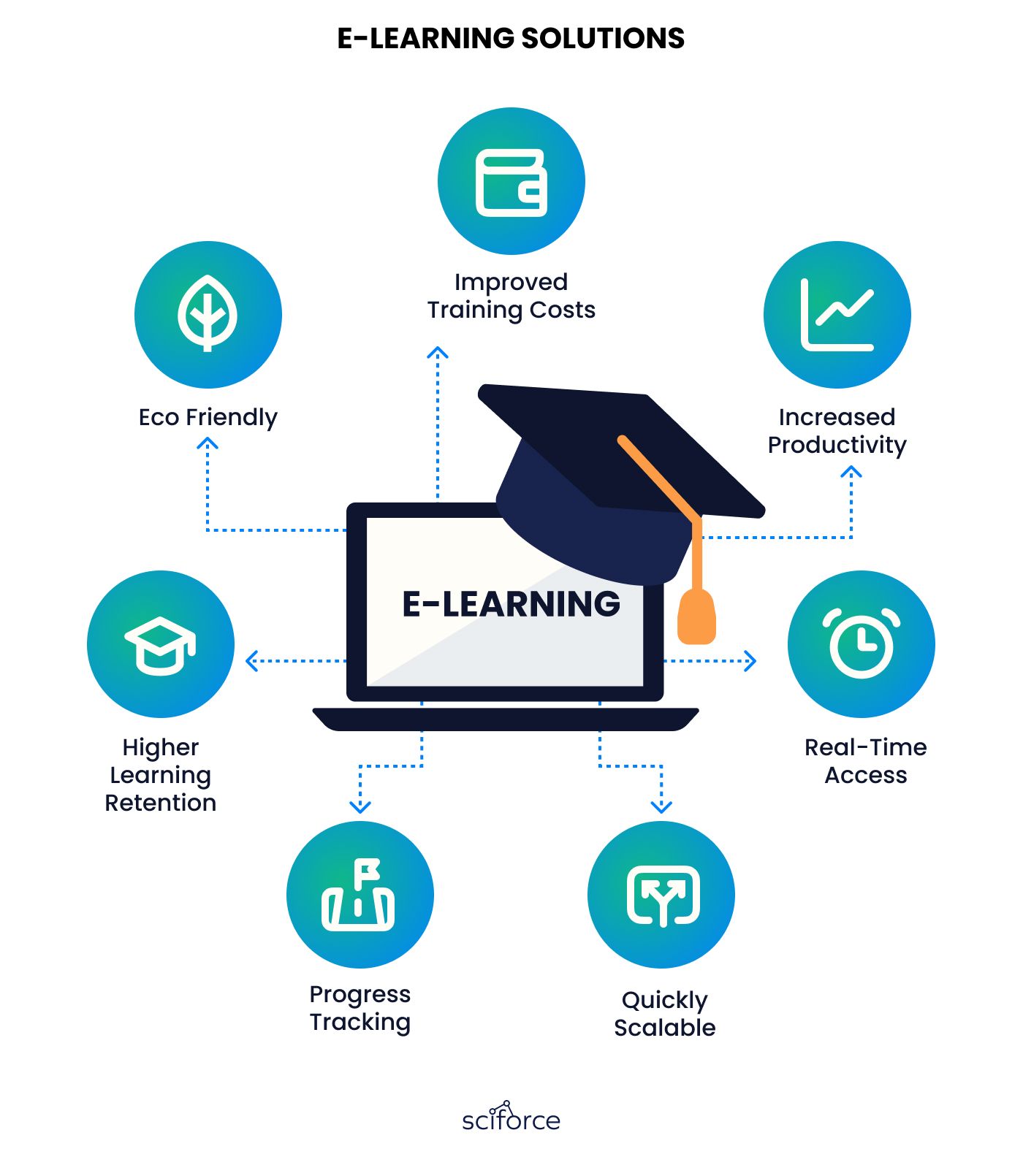
Data-Driven Learning
How do teachers analyze student performance in traditional education? Check their assignments and activities during lessons. It takes a lot of time, limits individual approaches to each student, and lacks real-time insights. Let’s see, how a data-driven approach offered by AI-powered LMS can tackle this challenge.
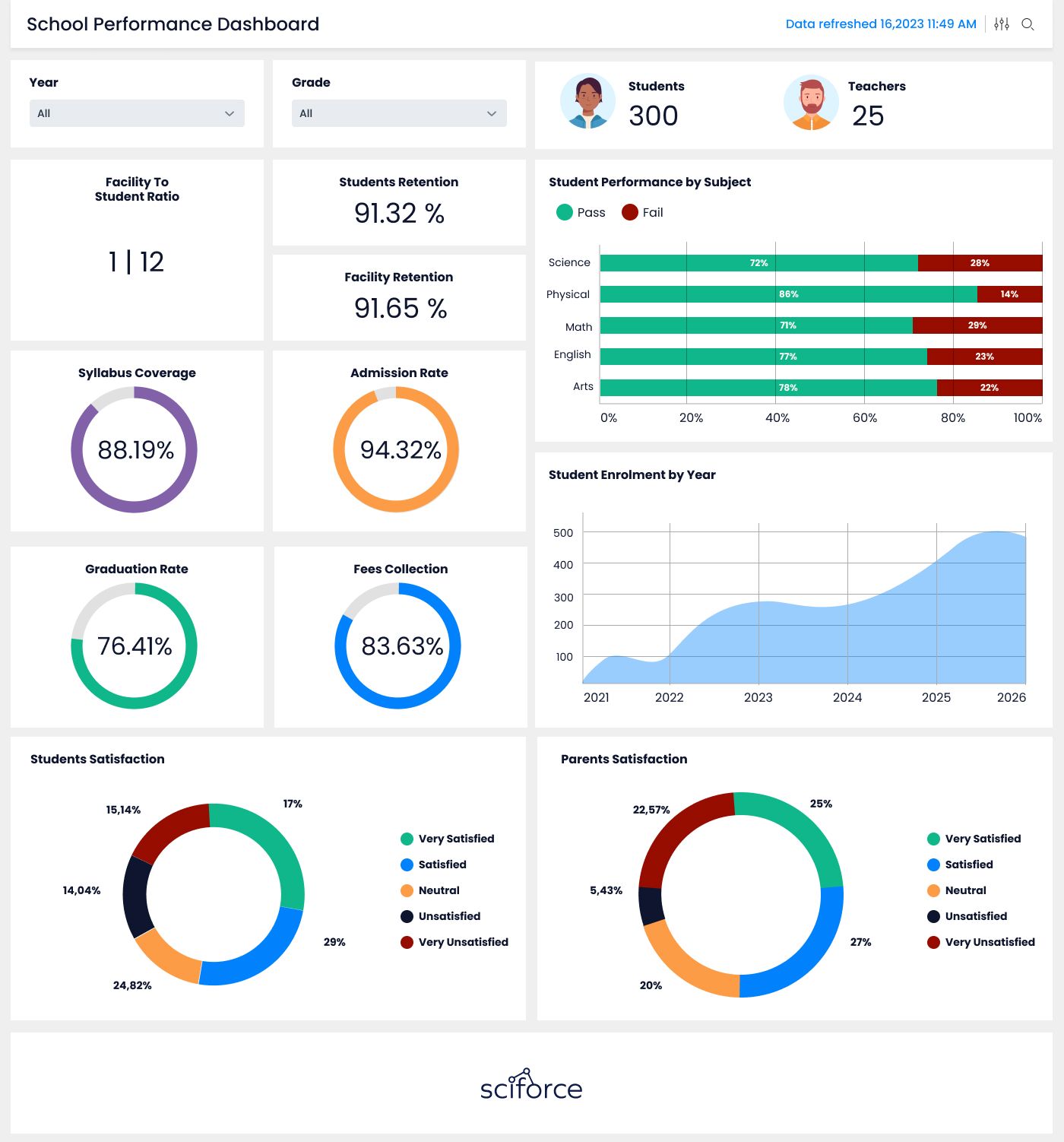
With these insights, teachers can see real-time pictures of comprehension levels and problem areas. This allows them to be more flexible in teaching, as reported by 86% of teachers who already used a data-driven approach.
Intelligent Course Management
The old-school approach had educators wait for occasional student feedback and guess if it was too easy, too challenging, or just boring. With an AI-empowering LMS, timely feedback is now possible for teachers. This allows them to refine their course materials according to the needs of current students, not next semester.
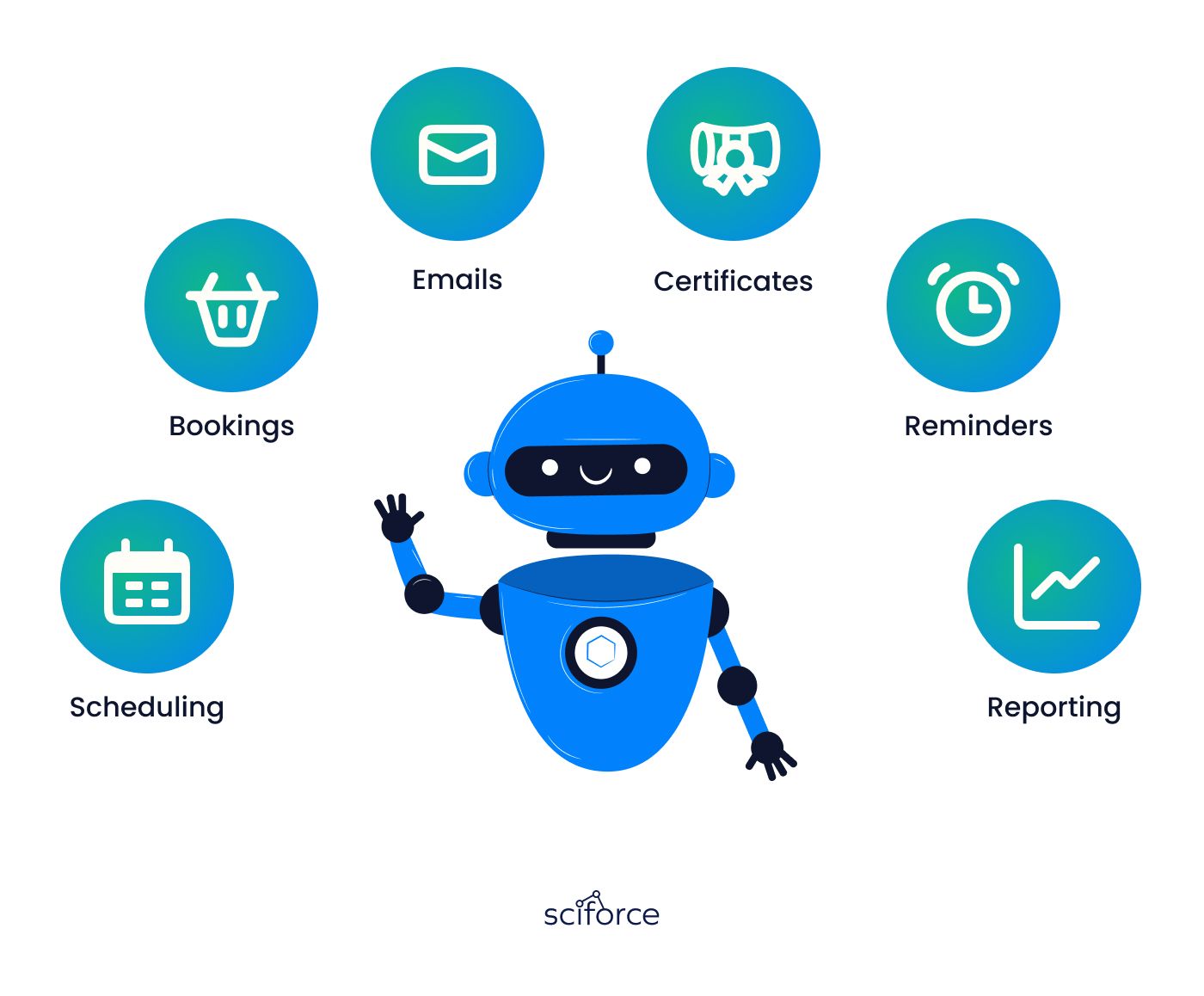
Deep learning models and recurrent neural networks track and analyze students’ interaction with the platform, helping to understand real engagement and comprehension rates. Advanced Natural Language Processing (NLP) algorithms can analyze student’s feedback and mark the content as engaging or boring, too difficult or too simple, etc.
Let’s see how it can work in practice! Imagine that students often replay a specific video fragment. Perhaps, it’s because the explanation is not clear enough. What does AI do?
Seeing real-time feedback, the teacher can promptly record a short explanatory lesson specifically for this unclear concept. This tailored approach increases student engagement and improves the efficiency of the curriculum.
Streamlined Administrative Routine
As per McKinsey research, teachers work about 50 hours per week, spending only 49% of their time in direct interaction with students.
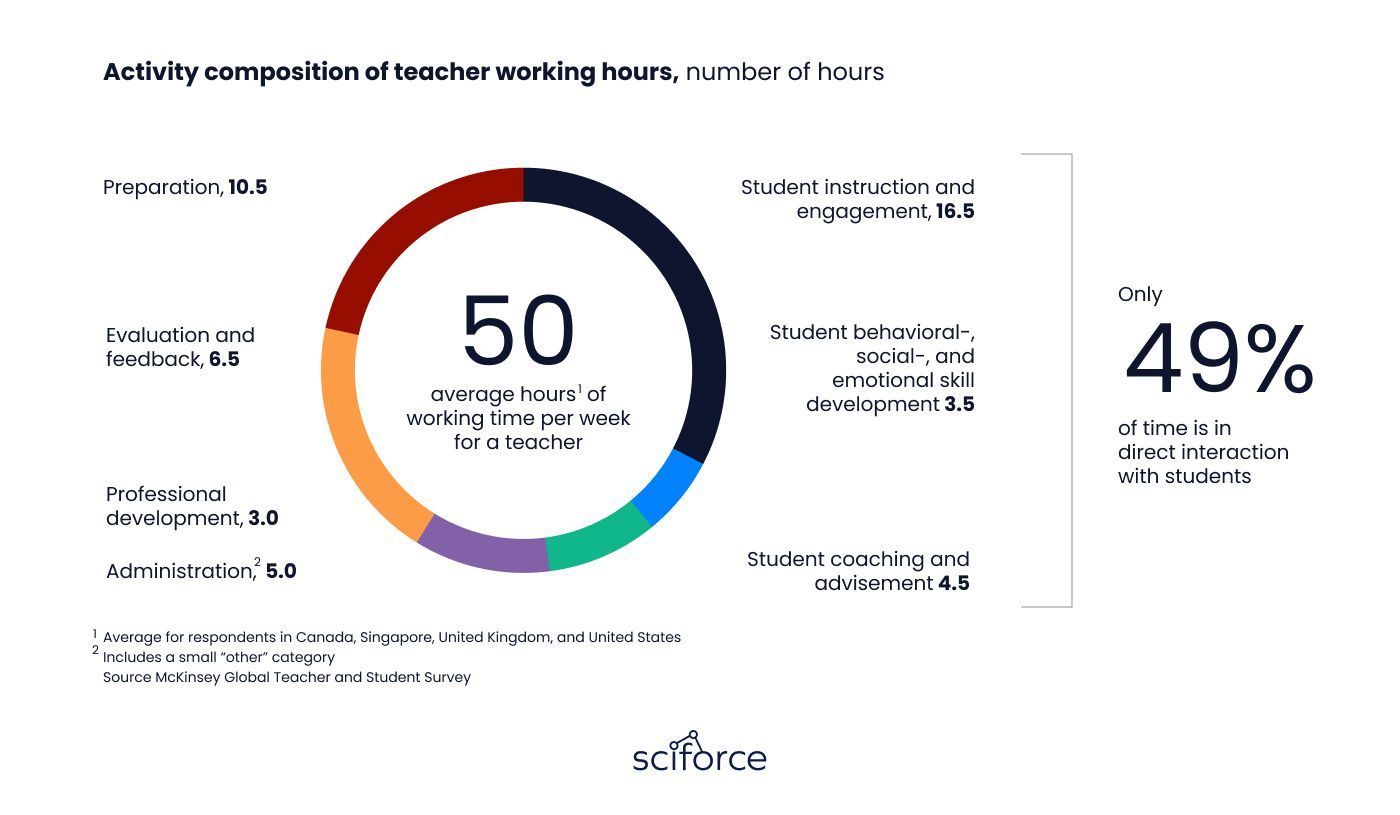
Technology can help teachers reallocate 20-30% of their time for supporting students, instead of doing routine tasks:
The integration of these AI tools significantly reduces administrative overhead. Teachers can now prioritize curriculum development, one-on-one student interactions, and other pedagogical tasks, leading to a more efficient and enriched teaching experience.
AI-powered LMS is transforming the way students learn, offering a more individual approach and providing tailored learning recommendations based on student needs.
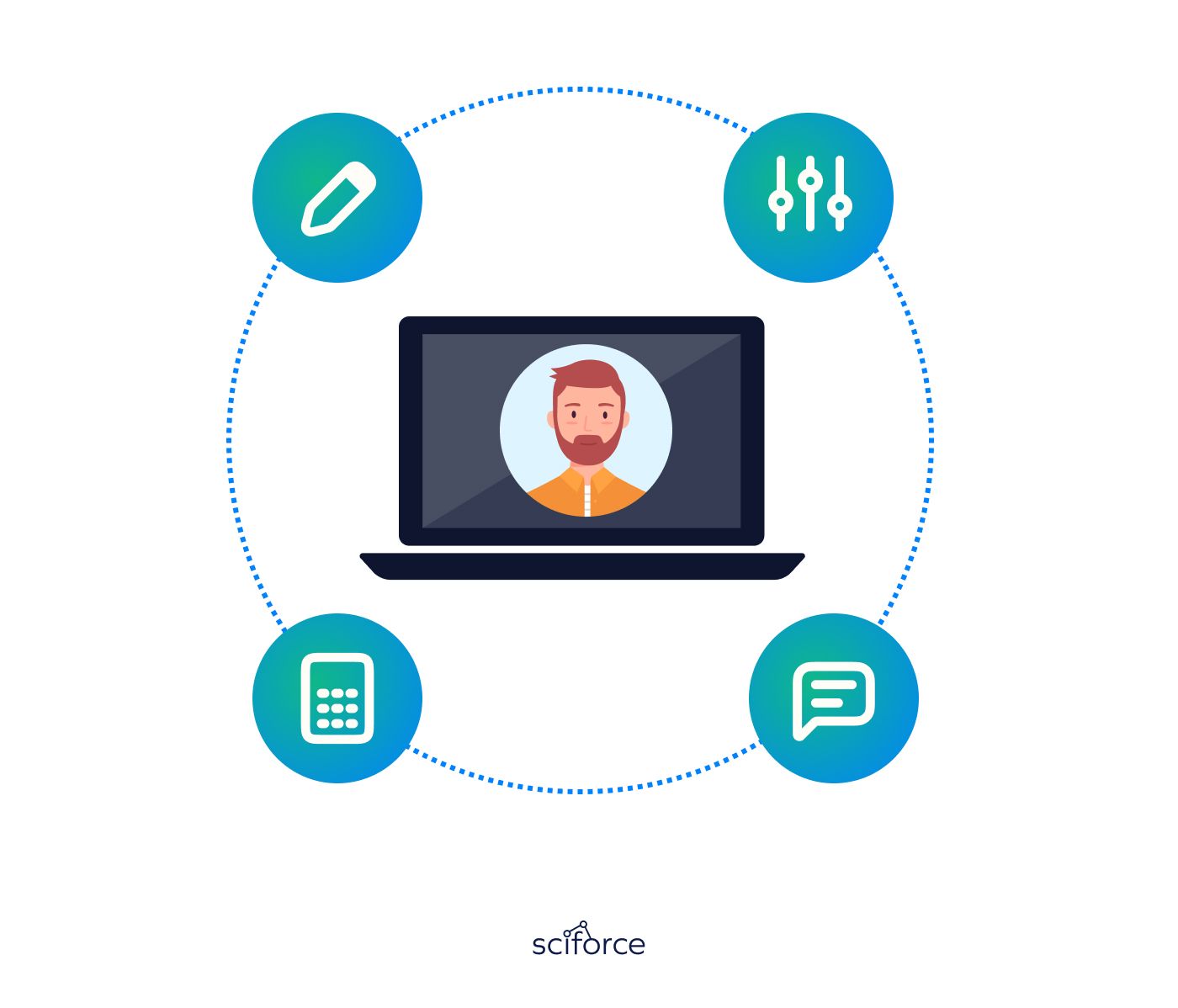
With many students for one teacher, traditional learning methods offer a one-size-fits-all approach, with a lack of attention to different learning styles and needs of individual students. With intelligent classrooms, students can receive materials based on their individual needs and even customize the curriculum. Let’s take a closer look:
Attention to each student Deep learning models and neural networks constantly monitor and analyze student interaction with the platforms: clicks, video replays, time spent on specific content, quiz scores, teacher’s feedback for creative tasks, and student’s feedback for learning materials. By identifying the patterns, the system can determine each student’s learning style: preferred format of learning materials, favorite topics, and struggle points.
Tailored recommendations Using the identified patterns, algorithms personalize a learning feed for each student. For example, it will offer more videos and infographics for visual learners and more articles for passionate readers.
Continuous adjustment The more students interact with the platform and content provider, the more information about their interests the system receives. It helps an LMS to offer students an even more personalized learning experience based on their interests and strong points.
This leads to increased engagement, better knowledge retention, and a more positive learning experience.
In traditional learning, students receive feedback based on the results of their tests and grades for assignments. Imagine receiving immediate feedback and the ability to spot and correct mistakes instantly. The study from Stanford proved that a Machine Learning model can predict where the student might get stuck and offer relevant recommendations. The AI is also able to make quick knowledge checks:
Quick tests Right during or after the lecture, AI can offer short quizzes to check if students have the material correctly.
NLP analysis For open-ended answers, NLP algorithms can assess the student’s answer, comparing it against a dataset of correct ones.
Based on test results, the system can immediately correct mistakes, provide explanations and offer additional content to fill knowledge gaps or deepen topic understanding.
This enables students to spot and correct mistakes quickly, without the need to wait for the next class or test results.
Personalized Content Delivery As all students are different, standard content might not appeal to all of them, leading to disengagement and confusion. With the power of AI, we can personalize the learning experience, offering each student content based on their needs.
Based on the history of student interactions and performance the LMS creates a student profile, defining their interests, knowledge level, etc. With this, the system can offer content that suits the current learning needs of an individual student. If the material remains unclear, the system can adjust the content in real-time, offering simplified explanations or additional resources.
All this makes sure that each student receives content that matches their knowledge level and interests, keeping them engaged and ensuring better knowledge retention.
While AI is reshaping education, it brings new challenges that are beyond pedagogical concerns. These aren't about lesson plans or student engagement, but rather the technical hurdles that come with integrating advanced technologies. Not addressing them properly, we risk messing up the entire learning process.
AI-driven LMSs are as good as their datasets. While becoming more intelligent, AI faces the following data-related challenges:
Data Bias Limited data leads to biased recommendations. For example, if the LMS is trained on data from tech-savvy students, it might overlook the needs of those who are less familiar with technology. To prevent biased responses it’s essential to train the system using diverse datasets, regularly audit datasets and recommendations, and take advantage of student feedback.
Data Privacy and Security With LMS storing lots of student data, including personal info, academic records, and behavioral patterns, security concerns arise. To prevent breaches and hacks and protect students’ privacy and the reputation of the educational institution, it’s important to apply rich security measures. Advanced encryption standards (AES) and secure hashing algorithms protect data at rest and in transit, and strict access control ensures that only authorized staff can retrieve it.
The potential of AI-driven Learning Management Systems (LMS) is significantly influenced by the algorithms they employ. As these systems delve deeper into personalized learning experiences, they encounter intricate algorithmic challenges:
Overfitting Overfitting, when a model memorizes training data, but doesn’t recognize its patterns is a common pitfall for deep learning neural networks. As a result, the model performs well on the training dataset but is unable to process real-time student data to recognize their learning behavior and offer a relevant recommendation. To prevent this hurdle, we can test the model on different data subsets to ensure that it is accurate within different student behaviors. Additionally, constant model performance audits and simplifying over-complex models also stop excessive reliance on specific datasets.
Algorithm Transparency If you are not an algorithm developer, you probably won’t understand why the model made a particular decision. At the same time, for educators, it’s important to understand why the system makes specific recommendations for the student. Using Explainable AI (XAI) and visualization tools can shed light on these decisions. Additional training for teachers and clear documentation further simplify the algorithm's logic, while interactive demos offer hands-on understanding.
Diving deeper into the world of intelligent education, we're finding that it's not just about teaching. Managing the infrastructure and scaling the system is another couple of the challenges AI-based education is facing.
Data Consistency Educators often use different online platforms and tools that cause challenges with managing all the data streams in a unified LMS. Ensuring data consistency especially requires robust ETL (Extract, Transform, Load) processes and data validation protocols.
Scalability With a growing number of students and learning materials, the system needs to keep pace with their analysis. Failing to scale the algorithms can result in performance failure, irrelevant recommendations, and hurdles in students’ learning experience. Addressing this requires cloud-based solutions, distributed computing, and real-time monitoring to ensure consistent performance and a seamless learning journey for students.
The rise of AI in education offers vast potential but also poses ethical questions. While aiming for advanced learning, we must keep education human-centric, not AI-centric.
Student Autonomy Modern education is about student autonomy – empowering them to be active learners, not just passive information receivers. However, with AI-driven learning paths, there is a risk that algorithmic recommendations will guide the student across the curriculum, not individual learners' decisions. To mitigate this, we can add an option for the students to adjust recommendation intensity according to their preferences or to decline AI suggestions at all. Additionally, we can provide explanations of AI suggestions, making the algorithms more transparent both for students and teachers.
Human Touch Education isn't just about knowledge; it's about relationships and individual understanding. While AI offers data insights and efficiency, it can't replace the human touch in teaching. AI should support, not substitute teachers, allowing more time for personal mentorship. From the technical side, we can support human touch by incorporating communication functionality for teacher-student interaction and supporting communication between students. Additionally, educators should design the curriculum, paying attention to more creative tasks for group and peer-to-peer student interaction and individual teacher feedback.
While AI revolutionizes education, it brings both promise and challenges. It's our responsibility to ensure that technology enhances, not replaces the true spirit of teaching and learning.
Integrating AI into Learning Management Systems can be tricky, but AI tricks are a passion of the SciForce team. Many of our AI professionals have academic backgrounds and keep pace with AI \ ML achievements and educational research.
Whether you need to refine a particular educational ML model or create a full AI implementation strategy in your EdTech company or corporate learning, SciForce professionals will deliver the best solution for your specific needs.
Here is a brief list of AI-driven EdTech solutions we can assist you with:
1. AI-Driven Learning Solutions
Developing all kinds of AI-driven solutions for educational institutions, EdTech companies, and internal training systems for businesses:
2. Data-Driven Education
3. Workflow Automation
4. Hi-Tech Learning Experience
As AI integrates deeper into e-learning, the dream of personalized education for every student becomes a reality. Despite the challenges and imperfection of models, the path is clear: standardized learning is past, and individual approach is now and future.
Make a step to personalized learning right now with SciForce. Contact us to discuss how AI-driven LMS can streamline your education process right now!